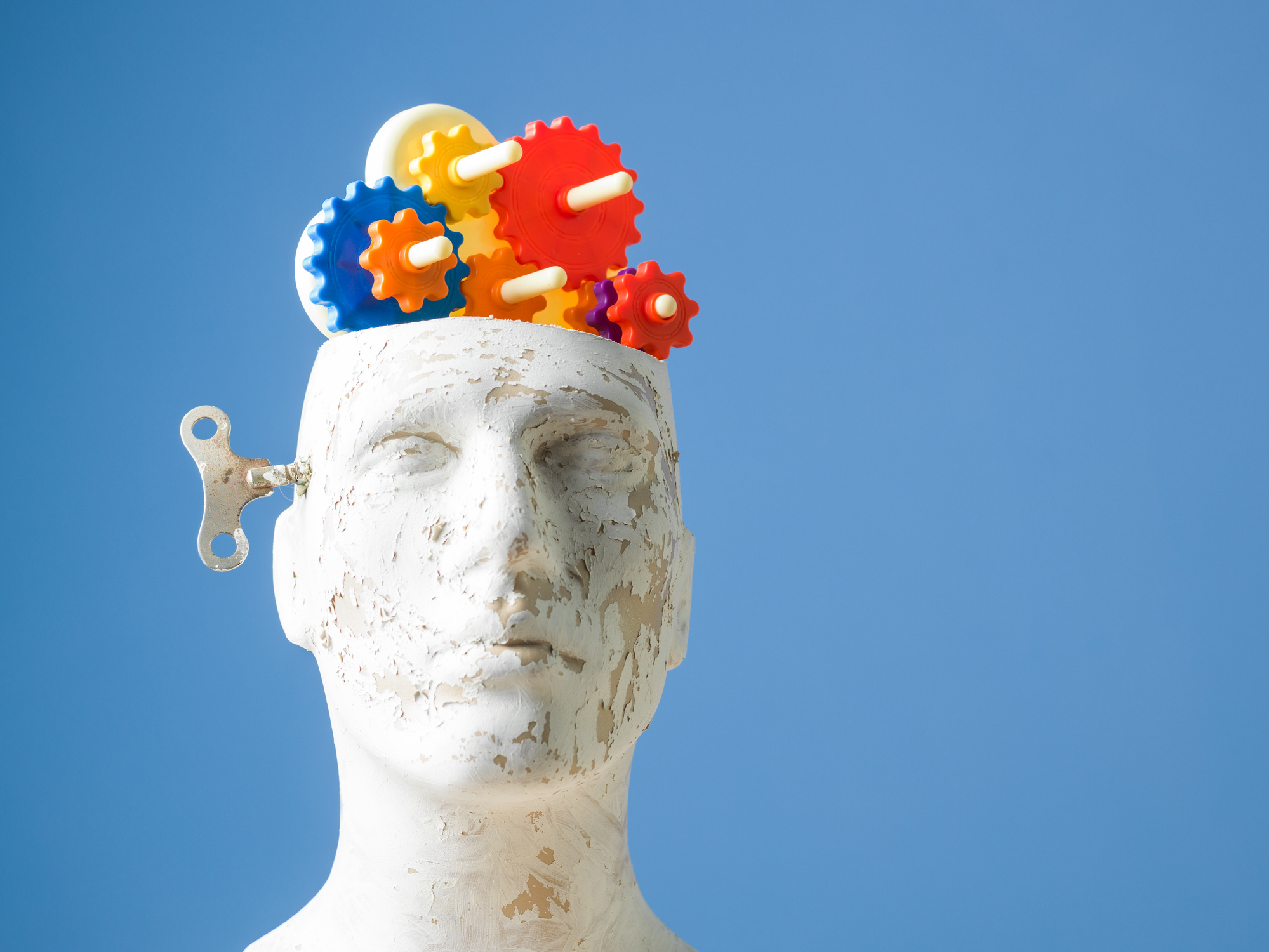Get Easy Health Digest™ in your inbox and don’t miss a thing when you subscribe today. Plus, get the free bonus report, Mother Nature’s Tips, Tricks and Remedies for Cholesterol, Blood Pressure & Blood Sugar as my way of saying welcome to the community!
Microplastics have breached human brains: What are the implications?

Microplastics are everywhere: in our packaged food and fresh produce, our water, our furniture and our cars… even the air.
While you can minimize your exposure to these toxic microscopic particles, there’s little you can do any more to avoid them completely.
Microplastics have been found in our blood, liver, kidneys, muscles, heart, artery plaque and blood clots.
And as if this weren’t scary enough, we’re now learning for the first time that they have also invaded our brains…
Microplastic brains: first mice, now humans
In May of 2023, I reported that researchers saw that polystyrene nanoparticles (commonly found in Styrofoam) were able to breach the protective blood-brain barrier of mice in just two hours after ingestion.
Now, researchers from the University of New Mexico and Oklahoma State University who looked at concentrations of microplastics in 51 liver, kidney and brain samples from routine autopsies, have found them in the human brain.
Since microplastic particles are often difficult to see, even with a high-powered microscope, the researchers chose instead to identify them in the samples by their chemical composition.
To their surprise, they found up to 30 times more microplastic in brain samples than in either liver or kidney samples. The reason?
The researchers believe the liver and kidneys, as detox organs, may be better equipped to deal with external toxins. The brain, however, does not undergo cell renewal to the extent that other organs do. For that reason, microplastics may collect and linger there longer.
The microplastic most commonly found in the samples was polyethylene. It’s the most common plastic and is used for plastic bags, films, and plastic bottles, as well as water pipes, flooring and packaging.
But the problem entails more than the tiny plastic particles. Microplastics can contain, carry and leach forever chemicals, endocrine-disrupting chemicals, heavy metals and pharmaceuticals.
These are all known to impact various areas of human health including including cancers, metabolic disorders, attention-deficits and hyperactivity disorder and fertility issues.
But what can we expect from microplastics, particularly in our brains? In mice, previous research saw cognitive decline and neurotoxicity through impairments in oxidative and inflammatory balance.
How to minimize exposure to microplastics
We typically ingest microplastics through food or water. We can also breathe in small microplastics that take the same path as oxygen to enter the bloodstream, eventually reaching organs.
In the gut, they disrupt the microbiome. This compromises the gut-brain axis — a two-way system of communication. Microplastics weathered by environmental and digestive processes travel this pathway to eventually cross the blood-brain barrier, the intricate layer of cells that are supposed to keep things in the blood from entering our brain.
Your best protection at this time is to avoid or lessen your plastic exposure altogether. Here are a few ways…
- Don’t drink bottled water. According to a study reported in Smithsonian Magazine, if you drink only from plastic water bottles, you may ingest 90,000 microplastic particles each year, compared to 4,000 if you stick to tap water.
- Avoid plastic dishes. High heat can cause them to release microplastics. This means that you should keep them out of the microwave, and wash them by hand, rather than in the dishwasher.
- Cut down on salt and sugar. Per CNN, a 2023 study found coarse Himalayan pink salt mined from the ground had the most microplastics, followed by black salt and marine (sea) salt. Sugar is also “an important route of human exposure to these micropollutants,” according to a 2022 study.
- Use a reverse osmosis filter to remove some particles from tap water.
- Try this technique to decrease microplastics in tap water without special equipment.
- Eat cruciferous vegetables. Two or more servings daily of cruciferous vegetables may bind to chemicals from plastics and remove them from the body in a process called chelation. These foods include broccoli, Brussels sprouts, cabbage, cauliflower, arugula and dark leafy greens like kale.
Editor’s note: Did you know that when you take your body from acid to alkaline you can boost your energy, lose weight, soothe digestion, avoid illness and achieve wellness? Click here to discover The Alkaline Secret to Ultimate Vitality and revive your life today!
Sources:
Microplastics Detected Infiltrating Human Brains For The First Time — Science Alert
Bioaccumulation of Microplastics in Decedent Human Brains Assessed by Pyrolysis Gas Chromatography-Mass Spectrometry — National Institutes of Health
Americans May Be Ingesting Thousands of Microplastics Every Year — Smithsonian Magazine














